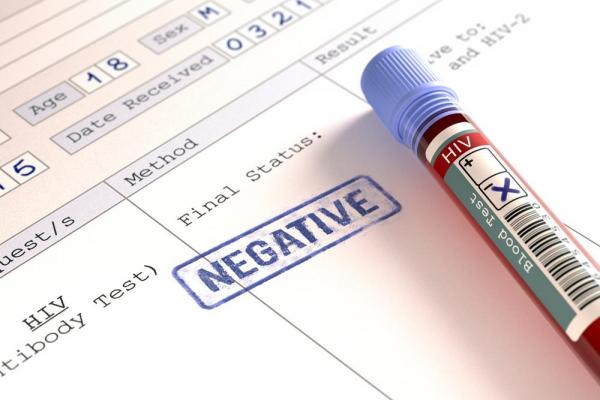
ATLANTA, Dec. 7 (UPI) — HIV diagnoses in the United States declined by 19 percent in the decade from 2005 to 2014, according to a new report form the Centers for Disease Control and Prevention.
The drop was was driven by decreases in diagnoses among heterosexuals, people who use injectible drugs, and blacks, especially black women, researchers reported in the agency’s latest HIV Surveillance Report.
The number of new diagnoses among gay and bisexual men continued to increase during the last decade, although the increases appear to be stabilizing in the last few years.
Methods which helped drive the decreases — increased testing, better treatment of those with HIV and AIDS, and educating people on preventing the spread of the disease — need to ratcheted up in at-risk groups in order to turn the tide on new diagnoses, researchers said.
“Although we are encouraged by the recent slowing of the epidemic among black gay and bisexual men — especially young men — they continue to face a disproportionately high HIV burden and we must address it,” said Dr. Jonathan Mermin, director of the CDC’s National Center for HIV/AIDS, Viral Hepatitis, STD, and TB Prevention, in a press release. “Much more must be done to reduce new infections and to reverse the increases among Latino men. There is hope that the National HIV/AIDS Strategy and other efforts are beginning to pay off, but we can’t rest until we see equal gains for all races and risk groups.”
The new report looked at two time periods — from 2005 to 2014 and 2010 to 2014 — in order to look at longer term trends, as well as more recent shifts in diagnosis trends.
New diagnoses in the United States declined by 19 percent, from 48,795 to 39,718, between 2005 and 2014. Researchers reported the drop was driven by a 35 percent decrease in diagnoses among heterosexuals and 63 percent decrease in people who inject drugs. The number of diagnoses among black women also was cut by 42 percent over the last decade, and by 25 percent in just the last five years.
Among some groups, however, increases in the annual number of diagnoses continued, though slower in some cases. Overall diagnoses of gay and bisexual men increased by 6 percent over the whole decade, but slowed to about a 1 percent annual increase in the last few years.
Similar numbers were seen among black gay and bisexual men, for whom diagnoses increased by 22 percent over the decade but less than 1 percent in the last few years. Black and gay bisexual men between the ages of 13 and 24 increased by 87 percent over the decade, however in the last few years there was a 2 percent decline.
Two groups did not mimic the overall pattern of diagnosis for gay and bisexual men: Latin gay and bisexual men continued to see increases throughout the time period, by 24 percent over the decade and 13 percent in the last few years; while among white gay and bisexual men decreases were steadily seen over the decade, decreasing by 18 percent over the whole 10 years and by 6 percent in more recent years.
The new study’s results are influencing the CDC to push harder for more education on prevention, and increasing the use of preexposure prophylaxis, or PrEP, which has been shown in several studies to prevent the spread of HIV.
“We have the tools to stop HIV right now,” said Dr. Eugene McCray, director of the CDC’s HIV/AIDS prevention efforts. “We urgently need to accelerate access to testing, treatment, and new biomedical prevention strategies so that everyone can protect themselves and their partners.”





